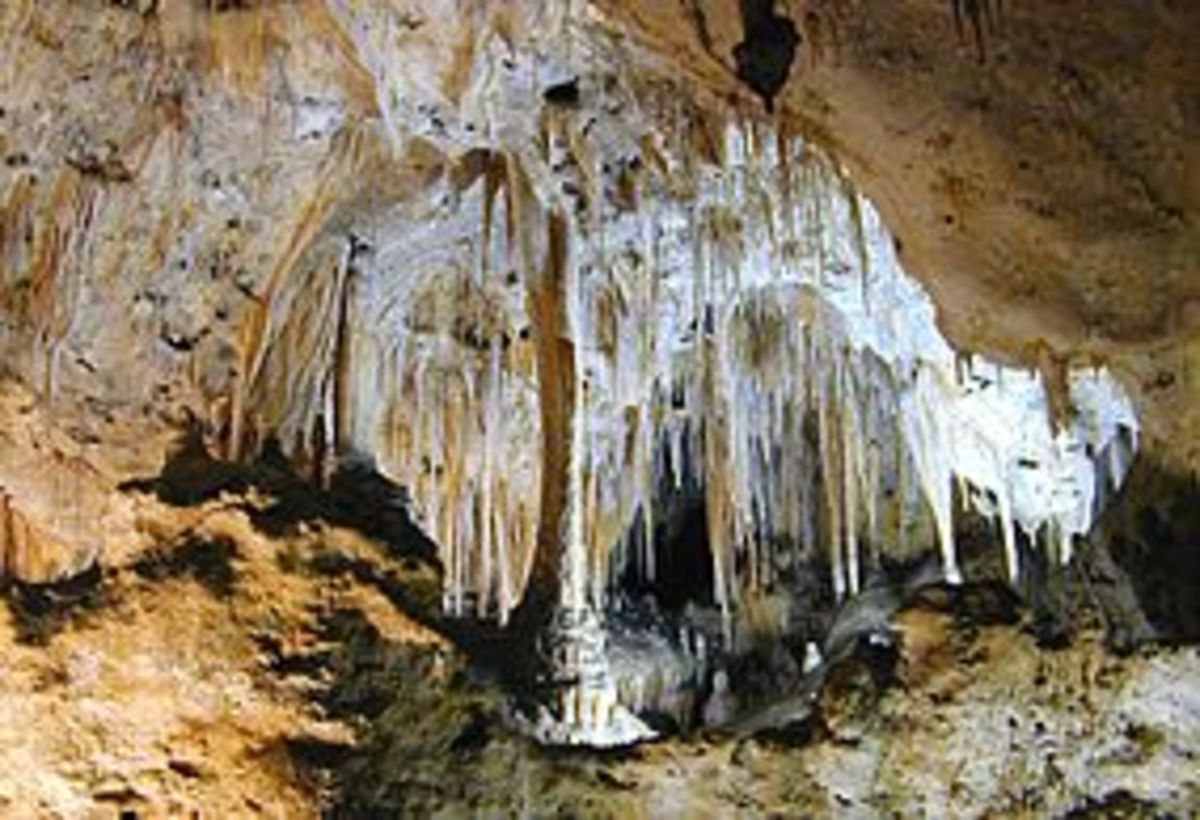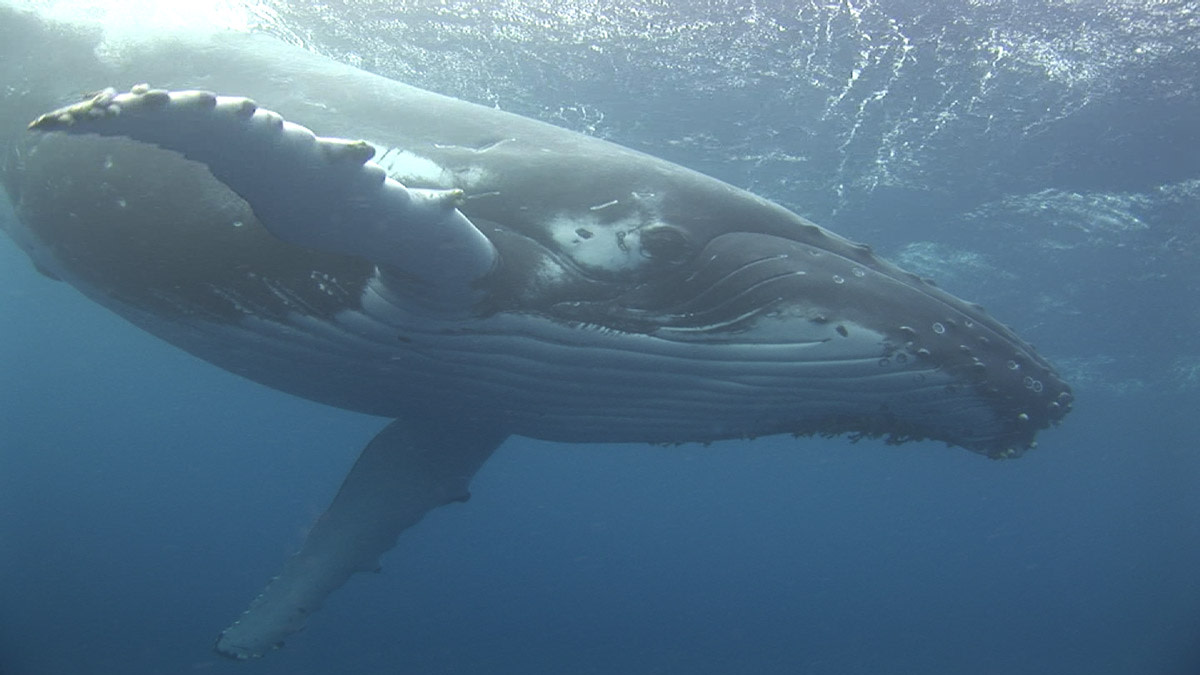The Jemez Pueblo Nation in New Mexico
Tuvahe of Jemez Pueblo
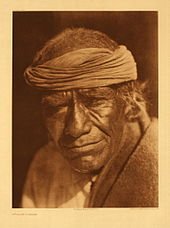
The Jemez Pueblo Nation in New Mexico
The Jemez Pueblo tribe, historically, was always one of the most powerful of the Pueblo tribes. According to Jemez tribal tradition, they originated from a place named "Hua-na-tota," believed to be somewhere in the modern Four Corners area where the corners of the states of Arizona, Colorado, New Mexico and Utah meet. These traditional ancestors of the modern Jemez Pueblo Nation, are believed to have moved to the area of Canon de San Diego in the late 13th century. In the year 1541 the Jemez Nation first came into contact with Europeans when they were visited by Spanish conquistadors, the Coronado Expedition. The next meeting was exactly 40 years later when the Rodriquez-Chamuscado Expedition entered the area in 1581, followed by the Espejo Expedition in 1583. This was the beginning of the military invasion of the Jemez Pueblo by the Europeans. The estimated population of the Pueblo at the time of European contact was 30,000, a number which has decreased to the approximately 3,400 tribal members of today.
At this point the Jemez Pueblo tribe, living in the Pueblo of Walatowa, was militarily and economically, one of the largest and most powerful of the puebloan cultures. The tribe occupied many puebloan villages strategically located on the high mountain mesas and the canyons that surround the present pueblo of Walatowa. These stone-built fortresses, often located miles apart from one another, were upwards of four stories high and contained as many as 3,000 rooms. At this point in time, the Jemez Nation was militarized and was often the arbitrator in hostile disputes among other puebloan tribal groups.
Pottery from Singing Stone Studio
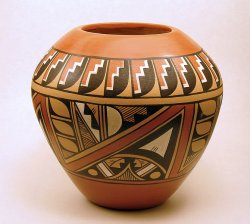
The Jemez Pueblo Nation As Artists
The Jemez (Walatowa) Pueblo population is around 1,900 with a mixture of housing dominated by Pueblo and Victorian style homes. In 1970, the people of Pueblo primarily lived by following agricultural pursuits growing chile peppers, corn and wheat and other edible plants. The Pueblo is well known among the Pueblo Nations as being runners with many Jemez runners going on to achieve fame at that physical endeavor. The Pueblo is also well represented among the residents of New Mexico and the Southwest as being artists with their fine pottery noted as being among the finest available. As time passed, more and more of the Pueblo residents have switched to wage earning work rather than agriculture.
A noted artisan from the Pueblo of Jemez, Cliff Fragua, who could be said to represent the artistic bent of the Pueblo with his Singing Stone Studio, states a beautiful philosophy and connection to the spiritual part of his endeavor in the following hymn that represents the movement of his soul in response to the stone:
“The stone speaks to me by its color and sound. I look at the color and the characteristics of the stone, then I tap it to listen for a ringing sound. If it rings, then the stone is solid. I interpret the ringing as singing, hence the name of my studio.
"My connection with the stone involves spirituality and reverence for the spirit that dwells within. It has been on this earth much longer than man and for this reason the stone becomes the teacher, it is simply what my ancestors believe. I am the mediator between the stone and the tools; the stone and the viewer. I visualize what the stone wants to become and I strive to help it blossom.”
-- Cliff Fragua
Top of Pike's Peak

Athletes of Jemez Pueblo
Runners Have Always Been Part of the Evening Scene
From the running aspect of the inhabitants of the Pueblo, running has always been part of the culture. Into modern times the runners were always part of the evening scene as the residents would go out of the pueblo and run in the mountains. Runners from the Pueblo have competed in the International Olympics as well as famous marathons such as the local Pike's Peak Marathon. Local runner, Steve Gapuchin, set a record six straight wins of the Pike's Peak Marathon in the years 1966-1971; he competed in the marathon 21 times from 1966-1997 and was in the top ten finishers seven times. His overall record for his 21 races can be found here.
The fame of the Pueblo as runners has dropped off to some degree in recent years and the youth have become more interested in baseball, television and other non-athletic pursuits, but perhaps the trend will change in the future.
Cerro la Jara
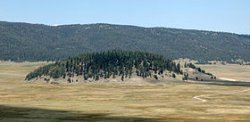
The Present Time of Troubles For the Jemez Nation
Located in Sandoval County, New Mexico, of the United States of America, the Jemez Pueblo Nation consists of about 5,300 citizens with approximately 60% of those living within the pueblo itself. This Pueblo is located in the area of Canon de San Diego and is one of nineteen Pueblo Nations residing independently within the larger nation of America and, as in the past, there are always problems trying to co-inhabit the land within the domination of the larger nations surrounding the Pueblos.
At present, the Jemez Nation, is trying to regain possession of the Valles Caldera and return it to tribal ownership. The Jemez Pueblo tribal land was many thousands of acres of land that now are in the possession of the Federal Government; these lands were taken from them by the Spanish overlords of previous centuries and the people were decimated by war and European diseases. The remaining people were forced into the current 'reservation', the outlying pueblos and fortifications were taken from them as their numbers decreased; they went from over 30,000 in population to the approximately 5,000 of today.
An internet site that tells the story of the Jemez people far better than I can is located at the Henry Hooper website.


